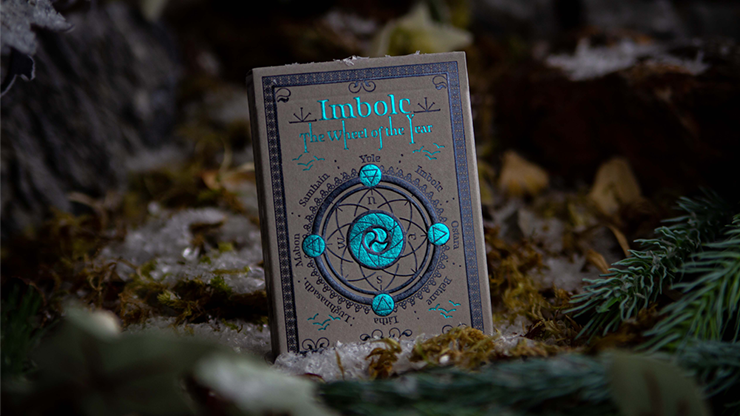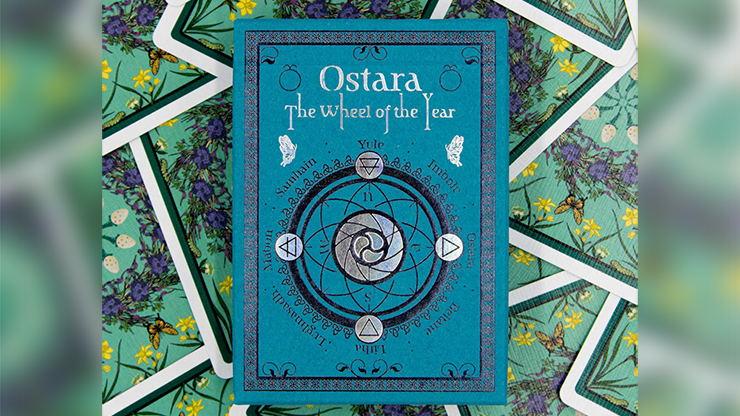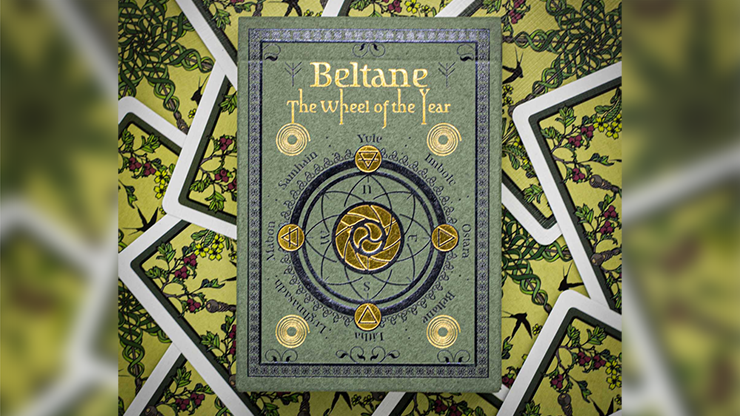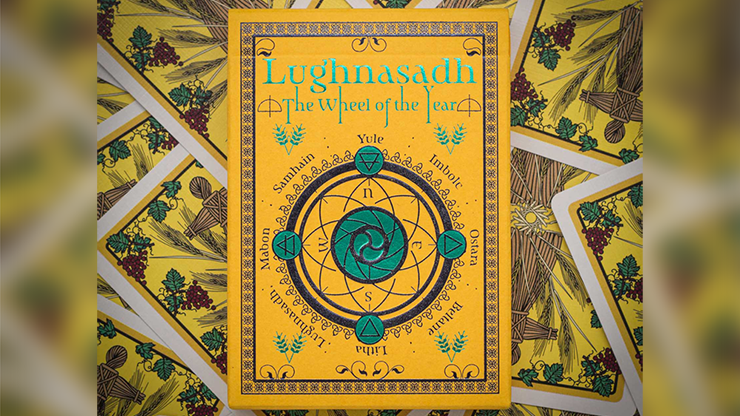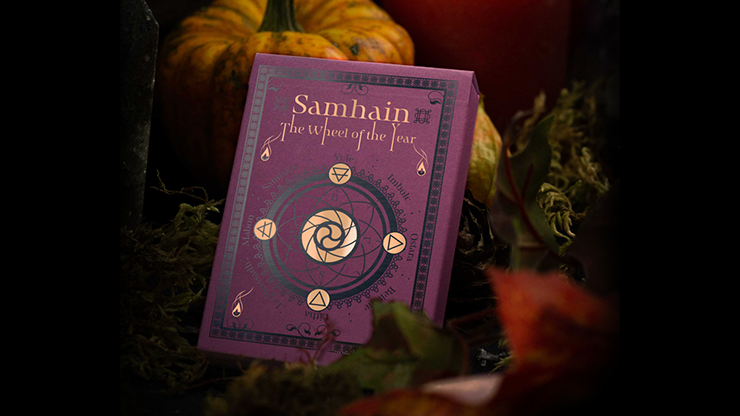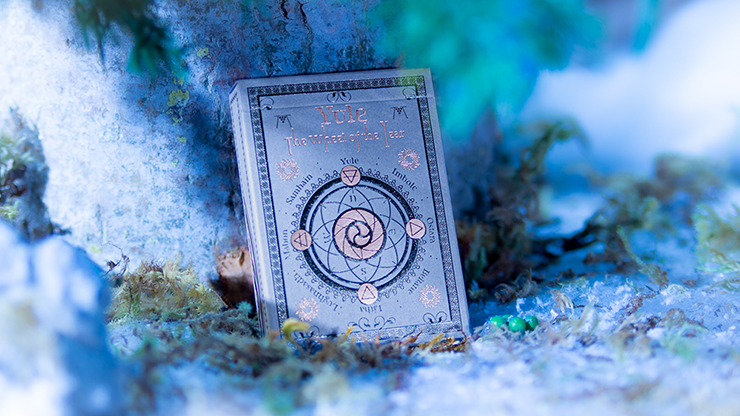Description
Imbolc - The Wheel of the Year Playing Cards series
After the hard winter months, Imbolc was a time for renewed birth and energy as the snow melted to give way to new life. Snowdrops began to spring up through the melting frost and livestock once again started to produce milk.
For Imbolc we explore the most important goddess of the Celts - Bridgid. Aside from her story, we look to other characters who encapsulate the significance of the holiday as the sun begins to warm the earth again.
Ostara - The Wheel of the Year Playing Cards series.
It may surprise you to know (or not, if you've been following The Wheel of the Year so far) that Easter has strong pagan origins, most notably being named after the Anglo-Saxon goddess Eostre.
The eggs that we decorate today, along with the image of the Easter bunny have strong pagan roots, with Saxon people rejoicing at the arrival of eggs, more plentiful game and fresh plants once more becoming available on the sun's return.
Eostremonth was one of the most important dates on the calendar, and as we celebrate the sun's return here in the northern hemisphere, we'll learn about the Celtic herbalist goddess Airmed, the guardian spirit Aibell, and the Anglo-Saxon god Tiw, a cognate of the famous Tyr from Norse mythology.
Beltane - The Wheel of the Year Playing Cards series.
Between the Spring Equinox and Summer Solstice is where Beltane is celebrated, the beginning of the sun's final waxing cycle towards its highest point in late June. With crops and plants ripening and nature being fully awake, Beltaine was celebrated - and is still celebrated today throughout parts of Ireland and the rest of the world - as a festival of fertility, creative energy and fruitfulness.
Lughnasadh - The Wheel of the Year Playing Cards series.
Lughnasadh (pronounced 'LOO-nuh-suhd') was a festival of particular importance to the Celts but overwhelmingly for those in Ireland where it effectively celebrates the founding of the country, and it is still celebrated in many forms today.
It takes place around the time of the grain harvest, grain being a staple food for the Celtic people, and therefore coincides with the height of summer.
Samhain - The Wheel of the Year Playing Cards series.
Samhain was a time for honouring the dead, and would later become the modern Halloween. Legends and stories of heroes, monsters and bizarre happenings were told during these times much like today, and the Samhain deck will explore some of the most curious tales that were said to have occurred during the 'thinning of the veil' between the lands of the living and the dead.
Yule - The Wheel of the Year Playing Cards series.
The season of Yule, literally coming from the world wheel in old German, culminates on the Winster Solstice around December 21st and was the grandest celebration of the Anglo-Saxon calendar. Many of its traditions will be familiar as they would later be adopted for modern Christmas.
Decorated trees, yule logs and mulled wine all have origins in the ancient traditions. So light a fire, pull up an armchair and listen to tales of Woden and the Wild Hunt, how Baldur was tricked and killed with Mistletoe and one of the most curious of Anglo-Saxon gods in Saxneat of which we know only that he was important enough that his worship be explicitly forbidden in old church texts.
